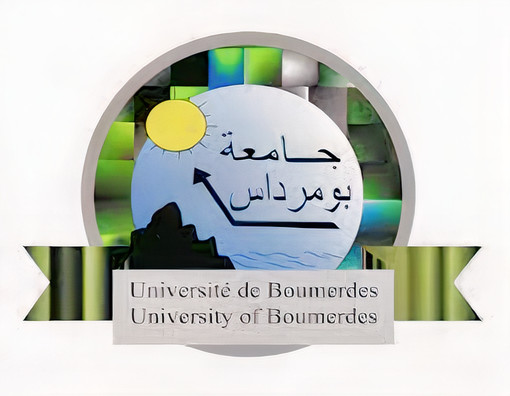Why Is Oxide-trap Charge-pumping Method Appropriate For Radiation-induced Trap Depiction In Mosfet?
Résumé: Radiation-induced traps, which are generally identified using specific extraction methods, play an important role in the reliability of MOS devices. In this paper, the oxide-trap-based-on-charge-pumping (OTCP) method is used to estimate radiation-induced oxide, interface, and border traps in complementary N- and P-MOS transistors. We emphasize on the critical comparison between the OTCP and classical methods like subthreshold slope (STS), midgap (MG), capacitance-voltage (CV), dual-transistor CP (DTCP), and DT border trap (DTBT), giving a clear insight on the benefits and limitations of OTCP. According to experimental data, the OTCP method is often more accurate than the classical methods. On one side, OTCP offers more accurate densities of radiation-induced interface traps (DeltaN it) and border traps (DeltaN bt), while STS and MG overestimate DeltaN it because both interface and border traps are sensed like interface traps. On the other side, OTCP estimates DeltaN it, DeltaN bt, and oxide trap (DeltaN ot) for N- and P-MOSFETs separately, while DTCP and DTBT give average densities for whole N- and P-MOS devices. Finally, DeltaN ot obtained by OTCP is in excellent agreement with that given by CV. However, they show a slight discrepancy in the DeltaN it extraction
Mots-clès:
Nos services universitaires et académiques
Thèses-Algérie vous propose ses divers services d’édition: mise en page, révision, correction, traduction, analyse du plagiat, ainsi que la réalisation des supports graphiques et de présentation (Slideshows).
Obtenez dès à présent et en toute facilité votre devis gratuit et une estimation de la durée de réalisation et bénéficiez d'une qualité de travail irréprochable et d'un temps de livraison imbattable!


